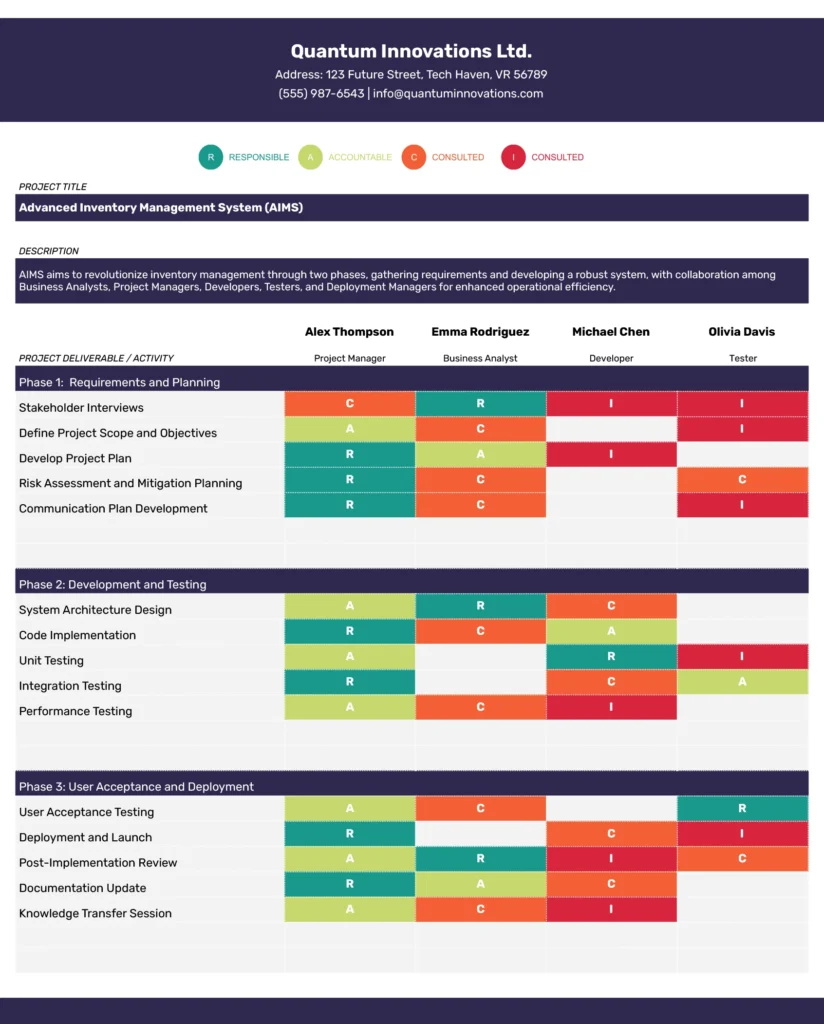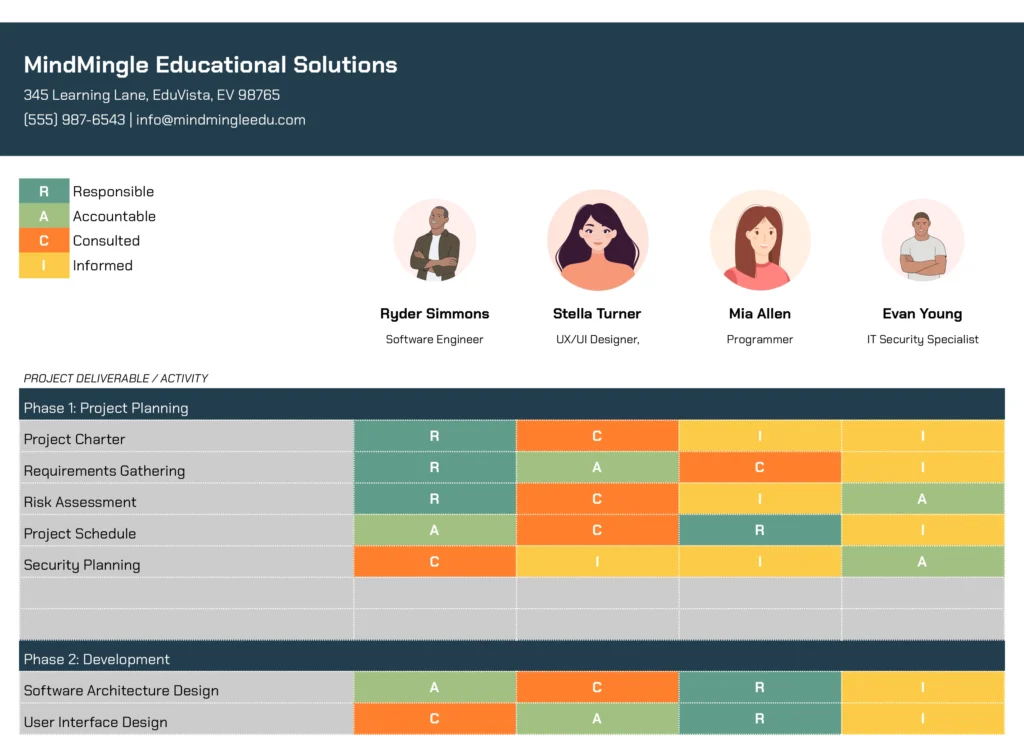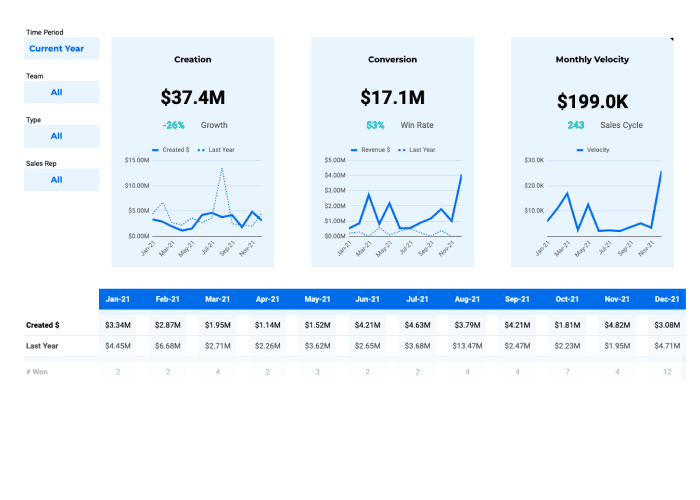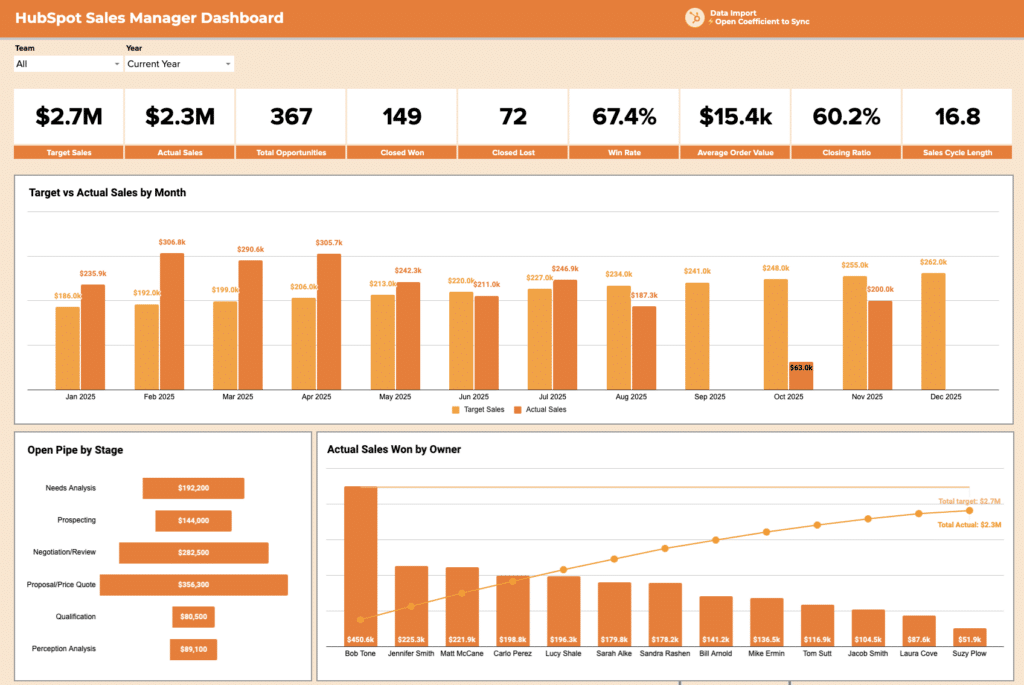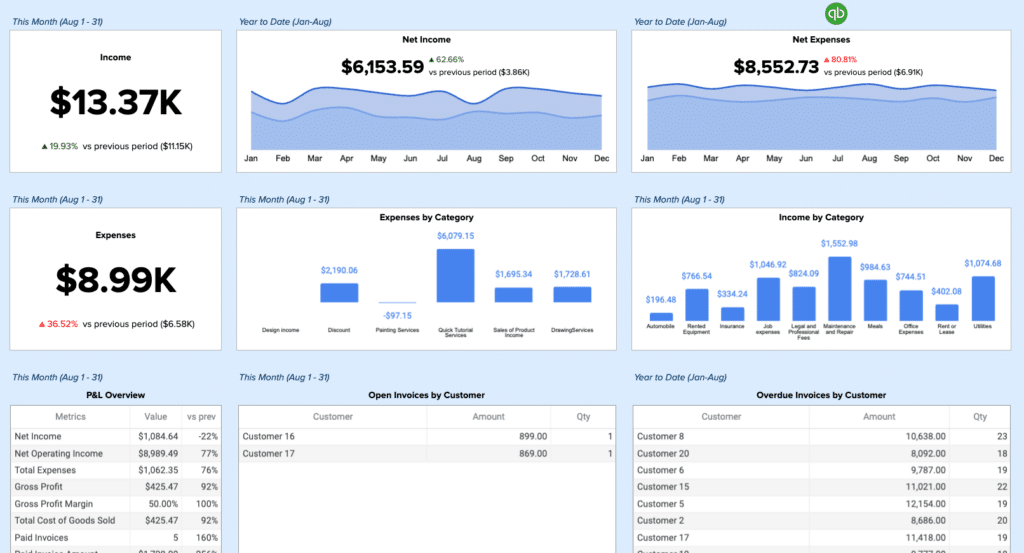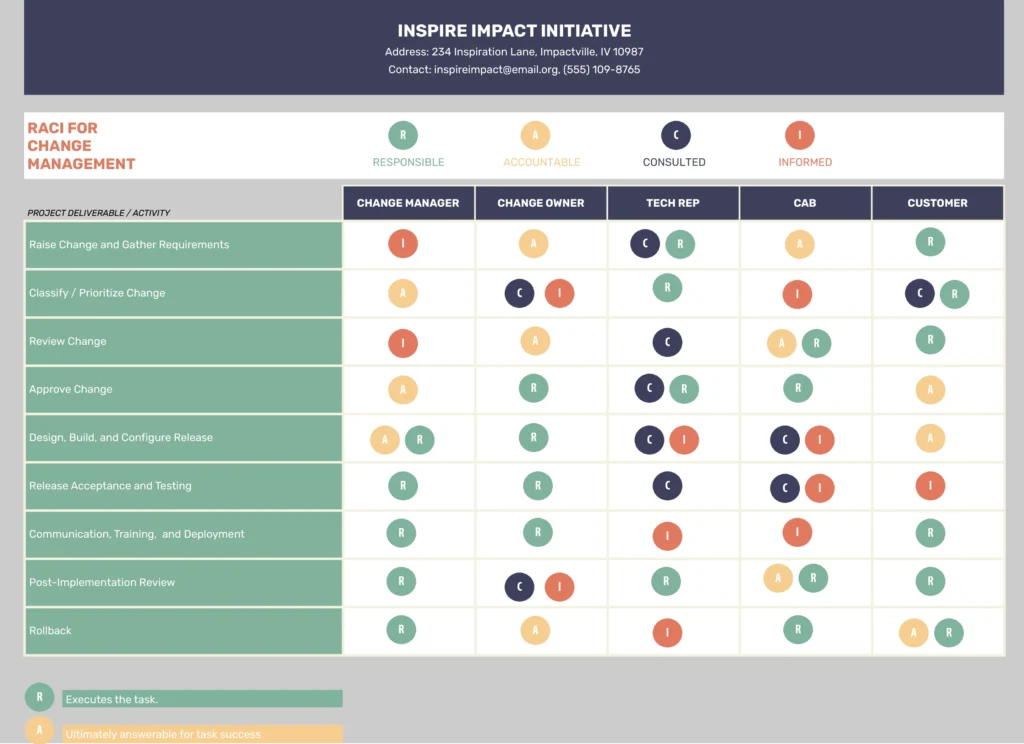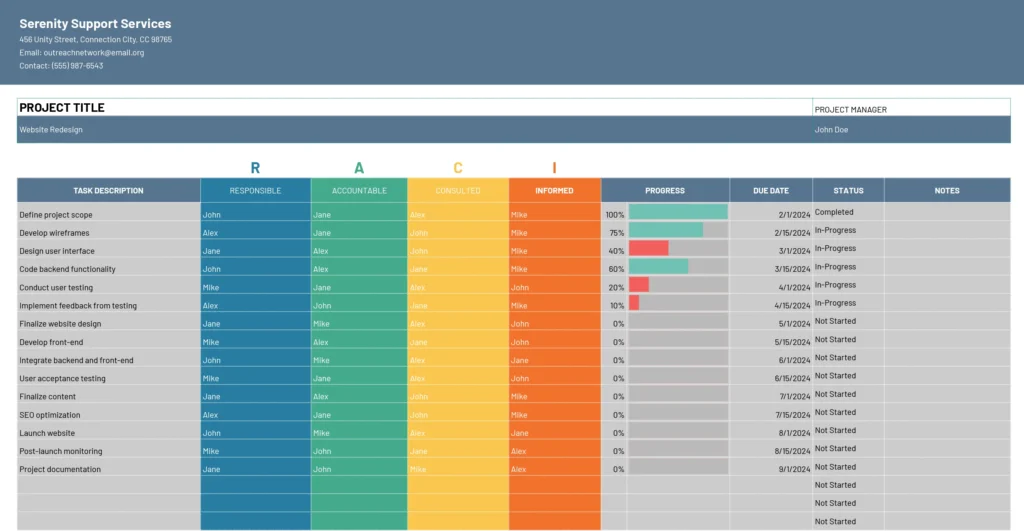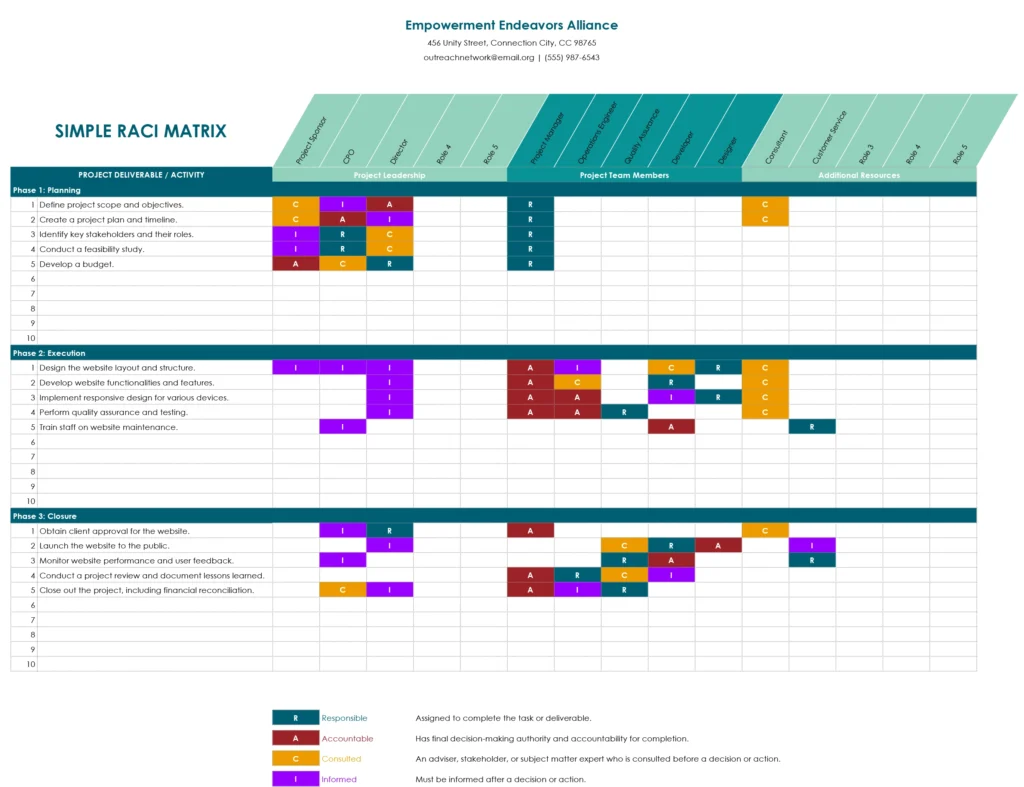Why Use a RACI Model Template?
Enhanced Accountability
Clarify roles and responsibilities for each project task or activity, ensuring accountability and preventing confusion or duplication of efforts.
Improved Communication
Facilitate better communication and collaboration among project team members by providing a clear framework for understanding who is responsible, accountable, consulted, and informed.
Streamlined Workflows
Streamline project workflows by identifying key stakeholders and their roles in decision-making and task execution, minimizing delays and bottlenecks.
Key Features of the RACI Model Template
Comprehensive Layout
Our RACI Model Template includes all essential elements of the RACI framework, organized in a clear and intuitive layout for easy reference.
Customizable Fields
Easily customize the template to fit the specific needs of your project, including adding or removing tasks, adjusting roles, and modifying the layout as needed.
Visual Clarity
Visualize project responsibilities at a glance with a user-friendly matrix format, ensuring everyone on the team understands their roles and contributions.
What are the 4 Roles of RACI?
The four key roles in the RACI model are:
- Responsible (R): The individual or team responsible for completing the task or activity.
- Accountable (A): The individual ultimately answerable for the task's completion and the one who delegates work to the responsible party.
- Consulted (C): Individuals or groups whose input is sought before making decisions or taking action on the task.
- Informed (I): Individuals or groups who need to be kept informed about the task's progress but are not directly involved in its execution.
Is RACI Outdated?
While the RACI model has been around for several decades, it remains a valuable tool for clarifying roles and responsibilities in projects. However, some argue that in today's dynamic and collaborative work environments, the traditional RACI model may need to be adapted or supplemented with additional frameworks to account for nuances in team dynamics and project complexities.



